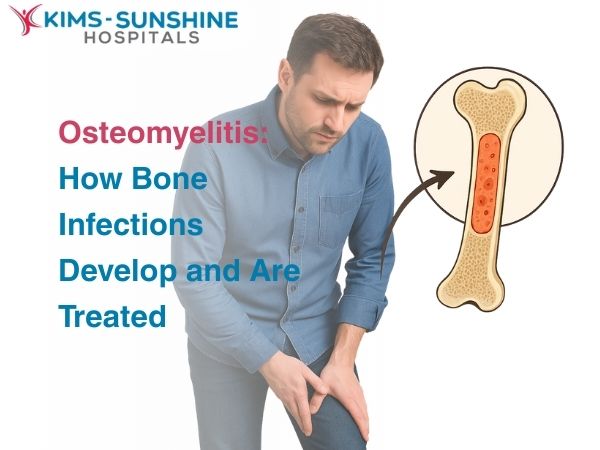
Chikungunya: Severe Joint Pain Timeline And Management
What Is Chikungunya And Why Does It Cause Severe Joint Pain?
Chikungunya, a viral illness spread by the Aedes aegypti and Aedes albopictus mosquitoes that thrive in Indian urban puddles and discarded tyres, does not just present itself with fever and rash like its notorious cousin dengue, but rather leaves its lasting mark through agonising joint pain. Once inside the body, the virus unleashes inflammatory messengers that flood the synovial tissue of the joints, leading to stiffness and swelling that can be so severe that even healthy adults walk stooped and slowed. This peculiar feature is why the disease earned its name from the Makonde language where “that which bends up” reflects exactly what the patient feels.
What Tests Confirm Chikungunya And Rule Out Dengue Before Taking Pain Medicines?
The clinical picture of chikungunya overlaps dangerously with dengue in the first week, which is why doctors insist on confirmatory blood tests before deciding how to safely manage pain. With RT-PCR being most accurate in the first five to seven days as it directly detects viral RNA, and with IgM ELISA being more useful later when the body’s immune system has started mounting antibodies, platelet counts are checked carefully to exclude dengue because that distinction matters. If platelets are low as in dengue, then non-steroidal anti-inflammatory drugs like ibuprofen become unsafe due to bleeding risks, leaving paracetamol as the drug of choice. If dengue is excluded and chikungunya is confirmed, then ibuprofen, naproxen, or even short steroid courses in specialist care may be used for persistent joint pain.
Can Chikungunya Lead To Chronic Arthritis And Who Is At Higher Risk?
Although the fever, rash and headache of chikungunya usually fade within a week, the joint pain can stubbornly remain for weeks to months in some individuals and in a smaller subset it morphs into a chronic, arthritis-like condition that can mimic autoimmune diseases, with older age, female gender, and a history of arthritis being known risk factors. While the virus itself does not stay in the joints for long, it leaves behind a confusing signal for the immune system which continues firing long after the infection has gone, creating swelling, stiffness and fatigue that occasionally need rheumatology-level care. This explains why the same mosquito bite that one neighbour shrugs off in three weeks can leave another struggling with pain for over a year.
Which Exercises Or Physiotherapy Help After Chikungunya And When Should I Start?
Rest may be non-negotiable during the fever and acute swelling stage, but recovery of joints after chikungunya depends greatly on the right balance of movement and caution. Gentle physiotherapy can be introduced once the fever has settled and swelling has reduced, starting with range-of-motion exercises that keep joints lubricated, warm compresses or hydrotherapy that ease stiffness. Eventually, this can progress to strengthening exercises, yoga asanas, or swimming which reduce stress on the joints. Timing matters the most here- beginning too early can worsen pain, beginning too late can lock the joints into stiffness and therefore a carefully phased return to activity, usually within two to three weeks under guidance, gives the best outcomes.
Conclusion
Chikungunya is not just a passing viral fever of the monsoon season but a condition that tests patience long after the thermometer shows normal values, because its unique ability to inflame joints means that recovery is less about instant fixes and more about steady routines. Accurate confirmatory tests guide safe medication, physiotherapy restores lost flexibility and awareness helps patients understand that for some, the pain may outlive the fever and that with careful management and timely medical advice the long shadow of chikungunya can be shortened and life can return to its rhythm.







